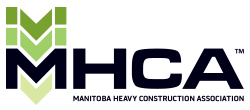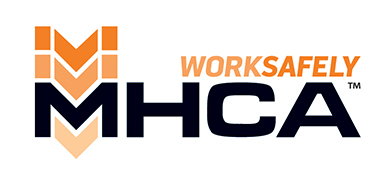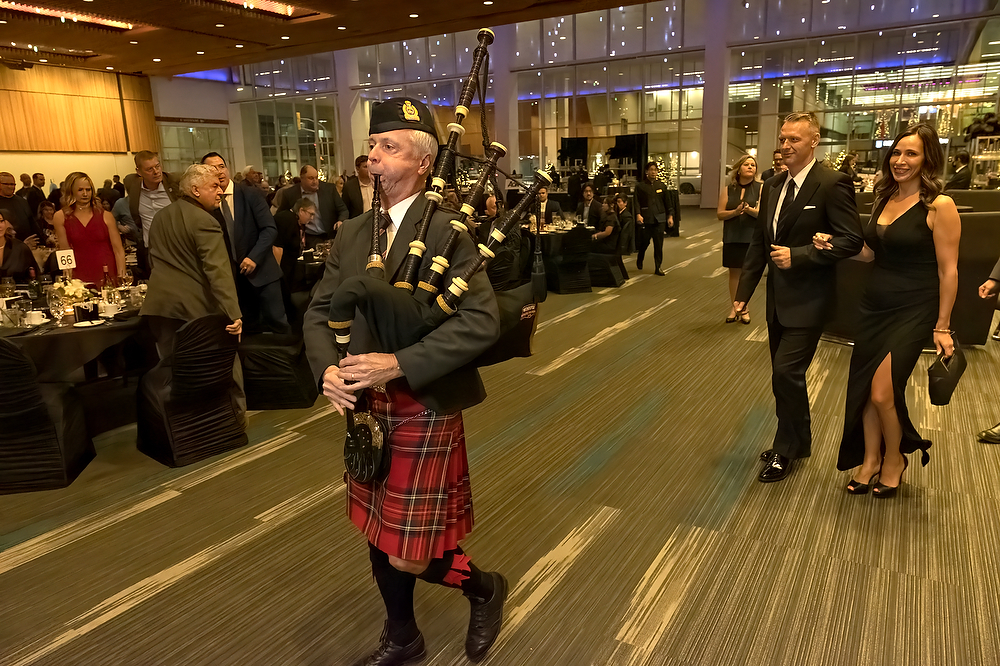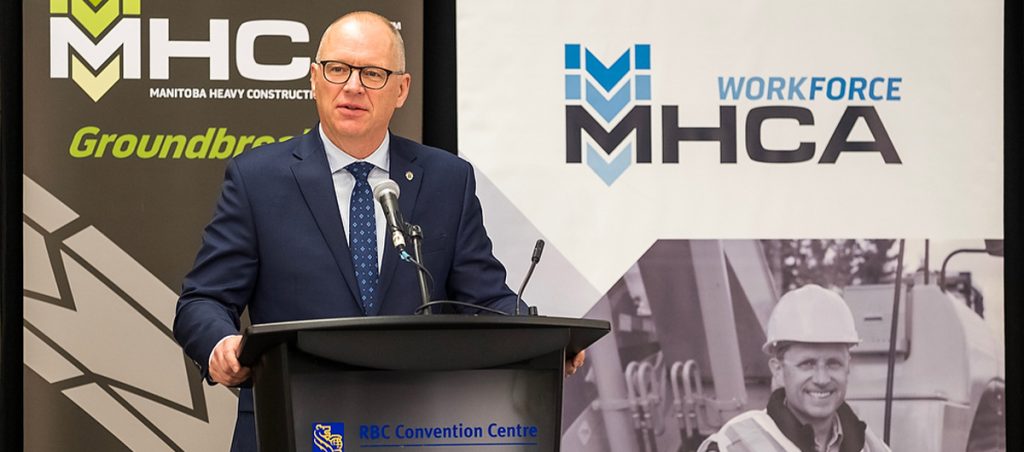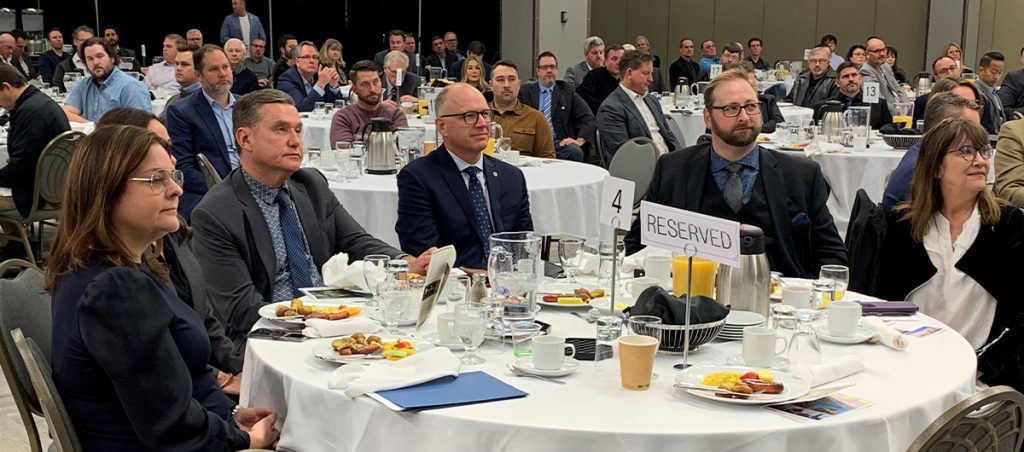Pay now — or pay more later
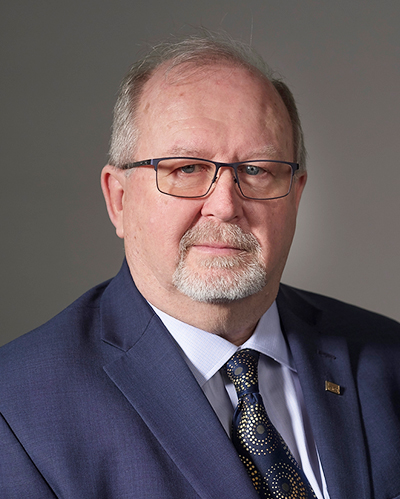
The prime minister’s residence is crumbling. We’ve all seen the media reports — 24 Sussex Drive needs $37 million in repairs.
Successive prime ministers and cabinets have received advice on necessary upgrades to what is and should be treated as a national treasure, a part of our history, a measure of respect we bestow on those achieving the highest elected office of the land.
The prime minister’s residence is crumbling. We’ve all seen the media reports — 24 Sussex Drive needs $37 million in repairs.
Successive prime ministers and cabinets have received advice on necessary upgrades to what is and should be treated as a national treasure, a part of our history, a measure of respect we bestow on those achieving the highest elected office of the land.
Yet none has risked the political capital (public blowback) to ensure the mansion is up to code, structurally sound and modernized.
Each government cheaps out with band-aid solutions, off-loading to the next necessary (expensive) decision to reinvest in a national asset. And now 24 Sussex faces an ‘infrastructure investment deficit’ that has come home to roost.
Yes, 24 Sussex Drive is an icon in Canada’s heritage building inventory, but it’s also a metaphor for the lack of leadership and foresight afflicting too many areas of public capital investment.
Core infrastructure — our streets, sewers, water mains, water-control structures highways, trade corridors, our ports — all the physical assets on which our economy is built, have for too many decades been ignored. And, like 24 Sussex Drive, they’ve been allocated budgets that are politically palatable rather than responsible and left for the next mayor, premier or prime minister to grapple with.
Let me give you two slightly contrasting but graphic illustrations that should illuminate and cause concern.
In 1998, Winnipeg city council received a report identifying its then-underinvestment in city’s total core infrastructure was approximately $85 million annually, and its total infrastructure investment deficit was around $900 million.
Recommendations to closing that gap over a 15-year period were ignored until 2013, by which time the total infrastructure investment deficit had climbed to roughly $7 billion and the annual under-investment around $850 million.
To address the street system investment deficit, estimated at roughly $3 billion, council adopted a two per cent yearly increase to property taxes dedicated to the local and regional streets system. That annual increase, which created a revenue base, was to have been phased out by around 2024, supplanted by street frontage levies.
While not purely executed, it has helped significantly reduce the transportation investment deficit. Slowly, our streets inventory is beginning to improve but still needs incremental investment.
One cannot be overly critical of council for not following its policy strictly. Competition for revenues from the myriad demands for services messed with the plan. Now we see revenues initially dedicated to street repair being used for other related programs such as bridge repairs, tree canopy restoration, active transportation paths and traffic safety initiatives.
The truth is municipalities face these decisions — robbing Peter to pay Paul — all the time because they’ve not been allocated adequate revenue sharing from the senior levels of government. They collect just 10 cents of every tax dollar yet own more than 50 per cent of public infrastructure.
Municipalities need a new revenue sharing model with the provincial and federal governments.
In stark contrast, the province is a different story. The current government has inherited a huge investment deficit for roads/highways and bridges.
The public has never seen provincial reports about the condition and need of its highways transportation system.
In fact, the province has never had a long-term program that aligns itself to a system condition and needs assessment.
Highways capital budgets have too often been set to reflect political expediency. Estimates in 2018 suggested that Manitoba’s highway capital program should be in the vicinity of $900 million annually just to keep pace with system condition and the need to address its then estimated $9-billion infrastructure investment deficit.
Budgets since were slashed to $350 million and only in the last two years climbed back to $500 million annually. And the investment deficit today? Anyone’s guess, but likely around $12 billion.
We are optimistic that Premier Wab Kinew’s commitments, pre- and post-election, to transparency, openness, and investment will put Manitoba, finally, on a responsible, long-term plan. The province is in desperate need for that to happen.
Let’s hope that Premier Kinew’s government has the courage to address the mounting infrastructure investment deficit so our children and grandchildren are not left with an insurmountable debt.
Chris Lorenc is president and CEO of the Manitoba Heavy Construction Association.
View the article on the Winnipeg Free Press website
